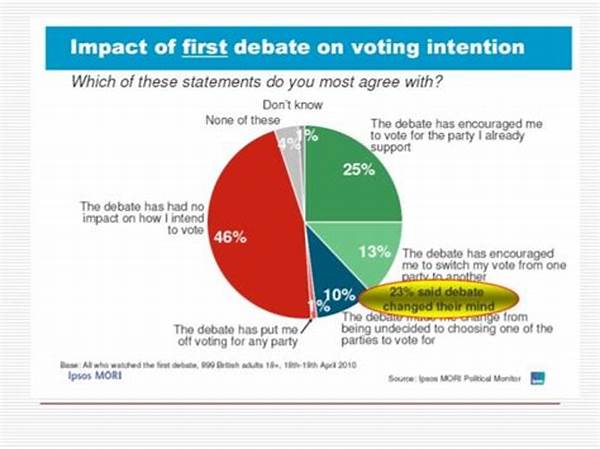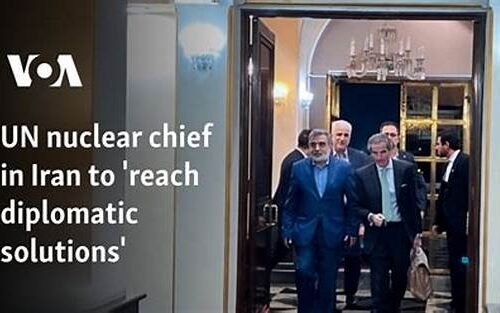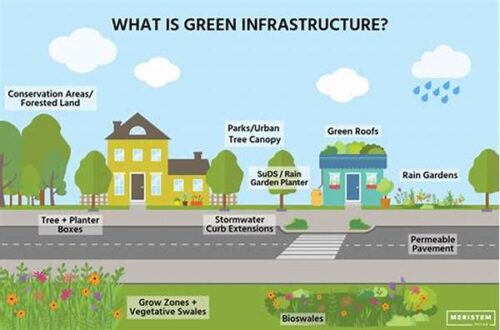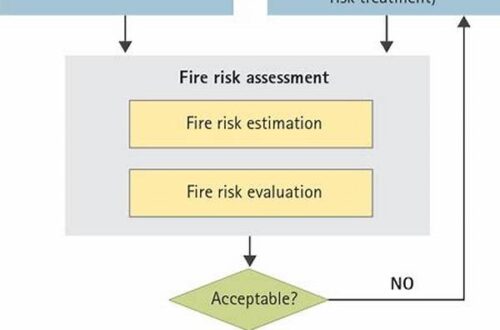The influence of media on voter behavior is a topic of significant importance in contemporary democratic societies. As media channels proliferate, voters are increasingly exposed to a diverse array of information, shaping their perceptions and decision-making processes. Understanding how media impacts voter behavior requires a comprehensive analysis of its mechanisms, including information dissemination, framing, and agenda-setting.
The Role of Media in Shaping Voter Behavior
Media influence on voter behavior is a multifaceted phenomenon that manifests in various ways, impacting electoral outcomes and the political landscape. Firstly, media serves as the primary source of information for the majority of voters. This dissemination of political news and data enables individuals to form opinions on key issues and candidates. Secondly, media shapes voter behavior through framing, where the presentation of news and stories affects the public’s perception and interpretation of events. By highlighting certain aspects or perspectives, media can influence which issues voters consider most pressing. Lastly, the agenda-setting function of media dictates which topics dominate public discourse, thereby steering the focus of electoral debates and discussions. Together, these elements underscore the critical role media plays in informing, influencing, and shaping voter behavior.
Factors Contributing to Media’s Influence on Voter Behavior
1. Information Dissemination: Media influence on voter behavior is heavily reliant on its role in spreading information, allowing voters to access key political news and analyses that inform their choices.
2. Framing of Issues: The media’s portrayal of political topics can shape perceptions and interpretations, significantly affecting how voters prioritize and respond to these issues.
3. Agenda-Setting: By controlling which issues receive attention, media influence on voter behavior is often seen in the prioritization of certain political matters over others.
4. Message Presentation: The manner in which political messages are delivered, including tone and emphasis, can sway voter opinions and affect their decision-making processes.
5. Access to Diverse Views: The availability of various media sources can lead to a broader scope of perspectives, but it can also result in narrative fragmentation, impacting media influence on voter behavior.
Impact of Social Media on Voter Behavior
Social media platforms have revolutionized the landscape of media influence on voter behavior. These platforms provide a space for direct interaction between political entities and the electorate, bypassing traditional media’s gatekeeping role. Such interactions allow for swift dissemination of information and mobilization of supporters. Moreover, social media algorithms tailor content to user preferences, leading to echo chambers where like-minded views are reinforced. Consequently, while social media expands access to information, it can also polarize opinions and entrench existing biases. The dual role of social media in broadening democratic participation and potentially fragmenting the electorate highlights the complex nature of media influence on voter behavior.
Exploring Traditional Media and Its Influence
Traditional media, including newspapers, television, and radio, continues to play a significant role in media influence on voter behavior. Despite the rise of digital platforms, traditional media retains authority and credibility, often setting the tone for political discourse. Its structured nature ensures that information is typically vetted and presented in a formal manner. However, the reach and impact of traditional media are increasingly challenged by online alternatives, necessitating adaptations to maintain relevance. Nonetheless, the role of traditional media in shaping public opinion, framing political narratives, and influencing voter behavior remains substantial.
Evaluating the Long-term Effects of Media Influence
The long-term effects of media influence on voter behavior extend beyond immediate electoral outcomes. Continual exposure to media-driven narratives can shape public attitudes and beliefs over time, affecting societal values and political culture. Regular engagement with media content can lead to informed electorates, yet the potential for misinformation and bias underscores the need for critical media literacy. In understanding the enduring effects of media influence, it is imperative to recognize its capacity to both unite and divide, fostering dialogue or entrenching ideological divides within society.
Media Influence Strategies Utilized in Political Campaigns
Political campaigns strategically harness media influence to shape voter behavior, utilizing various tactics to enhance voter engagement. Key strategies include targeted advertising, where media outlets convey campaign messages to specific demographics, maximizing impact. Additionally, campaign teams craft narratives that resonate with voter concerns, ensuring media coverage aligns with their objectives. By adapting to media trends and leveraging both traditional and digital platforms, campaigns can effectively reach and influence the electorate, highlighting the strategic nature of media influence on voter behavior.
Summary of Media Influence on Voter Behavior
In conclusion, media influence on voter behavior is a dynamic and multifaceted aspect of modern democracy. Through the processes of information dissemination, framing, and agenda-setting, media shapes electoral outcomes and public discourse. The interplay between traditional and digital media further accentuates the complexity of this influence, as social media introduces new dynamics, such as direct interaction and echo chambers. While media holds the potential to inform and engage the electorate, it also risks polarizing viewpoints and perpetuating biases. Thus, critical engagement and media literacy remain crucial in mitigating negative impacts while harnessing media’s capacity to enhance democratic participation. Understanding these nuances is essential for comprehending the profound and lasting effects of media influence on voter behavior.





